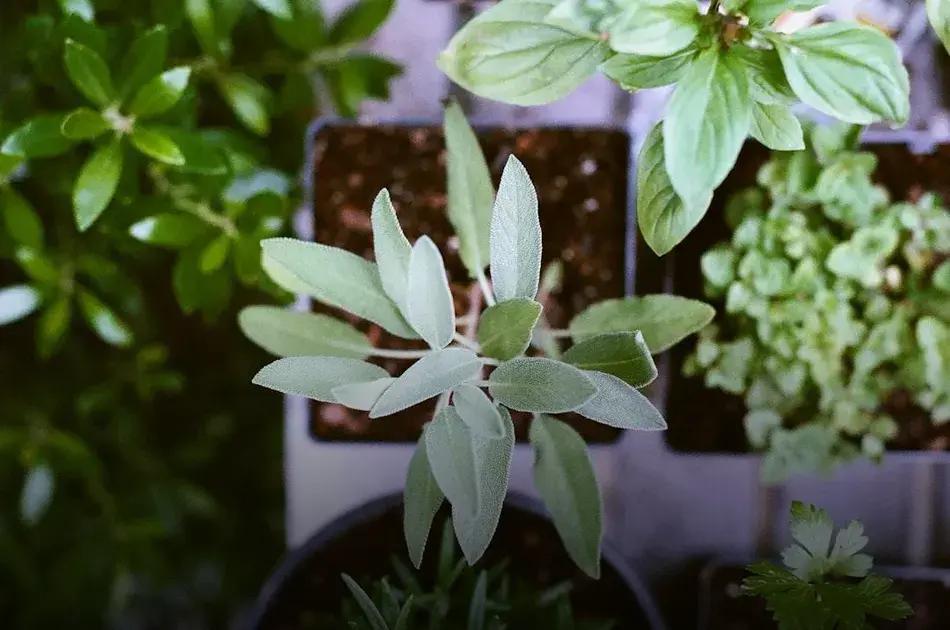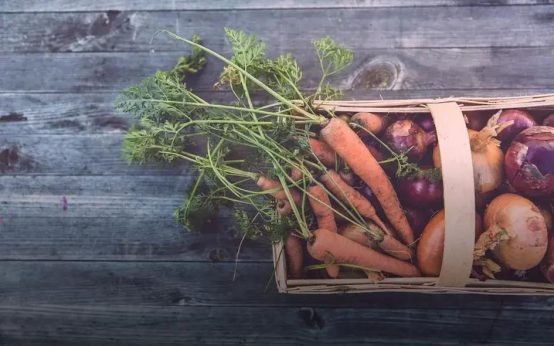Cultivating a backyard garden bursting with vibrant hues can transform any outdoor space into a sanctuary. Selecting the best flowers for a colorful backyard garden is key to achieving a stunning array of year-round blooms. Consider options that are not only visually appealing but also well-suited to your local climate and garden conditions. Dive into our guide to explore top blooming choices, easy maintenance options, and creative arrangement ideas to elevate your garden’s beauty.
Top Blooming Choices for Your Garden
Petunias
, known for their wide range of colors and ability to thrive in sunny spots. They are excellent for adding splashes of color and do well in both borders and container gardens. Another excellent option is the Geranium. With their long-lasting blooms, geraniums are versatile and come in various shades, including pinks, reds, and purples.
Roses
. They not only add beauty and fragrance but also come in a wide variety of types and sizes to suit any garden. Pairing roses with Lavender can add a delightful scent and contrast with their complementary hues. Lavender is hardy and requires minimal upkeep.
Sedum
. These succulents offer vibrant blooms and require little water, making them perfect for those desiring a beautiful garden with minimal effort. Lastly, don’t forget about Zinnias. They are easy to grow from seeds and deliver stunning blooms in bold colors, ideal for a cheerful garden atmosphere.
Year-Round Colorful Blossoms

Choose Multiseasonal Varieties
To maintain a vibrant splash of color throughout the year, select plants known for their long blooming cycles. Consider planting dahlias, which offer lush flowers from midsummer till the first frost. Pair these with pansies, which thrive even in cooler months.
Opt for Versatile Blooms
Incorporate roses and lilies, as they adapt to various climates and add elegance to any garden. Look for varieties known to rebloom such as everblooming roses.
Include Climbers and Ground Covers
Integrate climbing plants such as clematis which can embellish fences or trellises. At ground level, add creeping phlox for a sea of color during spring.
Supplement with Seasonal Bulbs
Complement existing flora with seasonal bulbs like tulips and daffodils, providing fresh bursts of color. Rotate these bulbs to ensure continuous saturation.
Plan for Continuous Care
Even low-maintenance plants require strategic care to ensure longevity. Regular pruning and deadheading plants like geraniums and petunias encourage regrowth and prolonged bloom phases.
Easy Maintenance Floral Options
Creating a thriving garden is possible even for those with a busy lifestyle. With easy maintenance floral options, you can enjoy a lush garden without investing too much time in upkeep. One of the top picks for low-maintenance flowers is the Lavender. Known for its pleasant aroma and resilience in various climates, Lavender requires minimal watering and enjoys full sun.
Another excellent choice is Daylilies, which boast vibrant blooms throughout the summer. They’re particularly forgiving to beginners and can thrive in different soil conditions with little care. Simply remove spent flower stalks to encourage new growth.
Black-eyed Susans are also hard to beat when it comes to easy care. These flowers provide a sunny burst of yellow and are drought-tolerant once established. They prefer full sun and like to spread, so ensure they have room to grow.
If you prefer climbing plants, consider the Clematis. This vine adds vertical interest to your garden and is known for its stunning variety of flower shapes and colors. Clematis requires a bit of initial support but needs only occasional pruning afterwards.
Lastly, Hostas are the go-to option for areas with more shade. With their lush foliage and heart shapes, Hostas require little sunlight and thrive in good earth conditions, making them perfect for easy maintenance gardening.
Perennials vs. Annuals: Best Picks

When deciding between perennials and annuals, it’s important to understand their unique characteristics to make the best choice for your garden. Perennials are plants that bloom year after year. They have a more extended lifecycle, which can mean less replanting each season. This makes them a cost-effective option for gardeners looking for long-term solutions. Some standout perennials include lavender, daylilies, and peonies, which offer beautiful, continuous blooms.
Annuals, on the other hand, complete their lifecycle in a single growing season, which provides an opportunity to change your garden’s appearance annually. These plants often have a vibrant appearance that can add diverse color to your garden. Popular annuals are marigolds, petunias, and zinnias, known for their brilliant, eye-catching hues and rich diversity.
Choosing between these two depends on your specific gardening goals. If you’re looking for a low-maintenance garden, perennials may be ideal. However, if you enjoy experimenting with color and style, annuals offer flexibility and variety.
Creative Arrangement Ideas
When it comes to arranging flowers for your backyard garden, there are many creative ways to utilize the diversity of blooms available. Consider incorporating a variety of shapes, colors, and heights to create eye-catching displays that pop in your garden.
Start by selecting a color palette. Choose complementary colors, such as purple and yellow, for a striking contrast, or opt for analogous colors like reds and oranges for a harmonious look. Mix in textures by combining daisy-like coneflowers with the soft petals of roses or the spiky blooms of salvias. This variety adds depth and interest to your garden.
Layering is another effective technique. Plant taller flowers like sunflowers at the back and shorter ones like marigolds at the front to create a tiered effect. This not only maximizes your space but ensures all plants receive the sunlight they need.
For a more whimsical effect, consider clustering different species together, such as blending lilies with zinnias in clusters. Use aromatic plants like lavender to add a sensory element. Adding variety with seasonal blooms ensures that there is always some element of surprise and change in the landscape.
Containers and vertical arrangements are perfect for smaller gardens. Hang small pots or use trellises and grow climbing plants like morning glories or nasturtiums. This method can draw the eye upward, adding dimension to your garden.
Don’t forget to leave space for pollinators! Choose plants like bee balm or butterfly bush to attract insects that will help keep your garden thriving. Always remember that thoughtful arrangements not only enhance beauty but can also contribute positively to your garden’s ecosystem.


 Planting Bulbs: When and How to Maximize Blooms
Planting Bulbs: When and How to Maximize Blooms  How to Grow Beautiful Roses at Home: Expert Tips
How to Grow Beautiful Roses at Home: Expert Tips  How Often Should You Water Your Plants? Find Out Now
How Often Should You Water Your Plants? Find Out Now